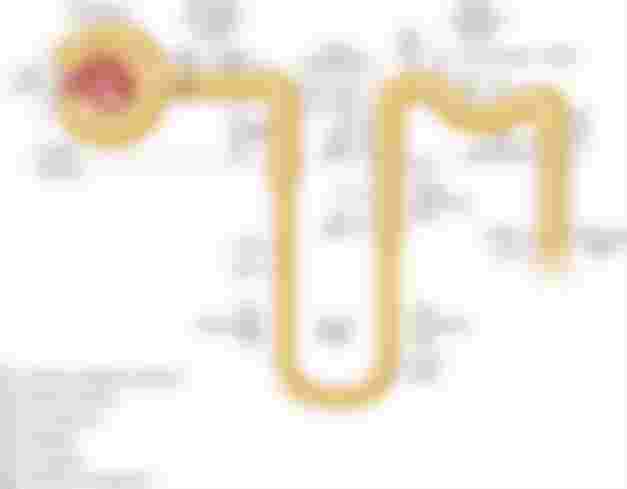Introduction and Classification of Diuretics
Diuretics:
Diuretics are the drugs which have the ability to increase urinary excretion of salt along with water acting over different part of nephron. Alcohol, digoxin, theophylline and water intake increase urine output. But these are not classical diuretics. They are called physiological diuretics.
Classification of diuretics:
According to their site of action:
1) Diuretics acting over proximal convoluted tubule (PCT):
a) Carbonic anhydrase (CA) inhibitors:
➤acetazolamide
➤Dorzolamide.
➤Methazolamide,
➤Brinzolamide.
sparing
Name the commonly Answer Clinically / commonly u
1) Frusemide.
2) Hydrochloro
3) Spironolacto
4) Indapamide.
5) Mannitol.
6) Acetazolamide
Q. Why high ceiling
Q. Discuss what you
Q. Explain why Frys Answer
High ceiling di diuresis. As they capat Example: Please write
b o
b) Osmotic diuretics:
➤Mannitol.
➤ Inulin.
➤Urea.
➤Glucose.
➤Sucrose
2) Diuretics acting over loop of Henle: (Loop diuretics)
➤ Frusemide/ furosemide.
➤Torsemide.
➤Bumetanide.
➤Ethacrynic acid.
3)Diuretics acting over early part of DCT: Thiazide & related diuretics.
➤Hydrochlorothiazide.
➤Indapamide.
➤Chlorothiazide.
➤Chlorthalidone.
➤Polythiazide.
➤ Metolazone.
4) Diuretics acting over collecting tubule: [K sparing diuretics]
a)Aldosterone receptor antagonist:
➤Spironolactone.
➤Eplerenone.
b) Na channel blockers:
➤ Amiloride.
➤Triamterene.


Important topics of medical science.very much use in hypertensive patient. And wide variety of use of diuretics.very good writting...keep doing brother.